The winning home designs that will shape Sydney
Developers will get on the fast-track if they choose from five pre-approved designs. This is what they look like.
NSW
Don't miss out on the headlines from NSW. Followed categories will be added to My News.
This is what Sydney’s housing future will look like.
The Daily Telegraph can today reveal the terraces and unit blocks that will be included in a state government “pattern book” of pre-approved designs, coming soon to a suburb near you.
The pattern book can be revealed ahead of Friday’s Bradfield Oration.
In an interview to mark the future-shaping event, Premier Chris Minns conceded that NSW is “not building anywhere near where we need to be” to meet ambitious housing targets agreed to in national cabinet.
The pattern book will include designs for two terraces and three apartment blocks, which have been selected as the winners of a NSW government design competition announced at the Bradfield Oration last year.
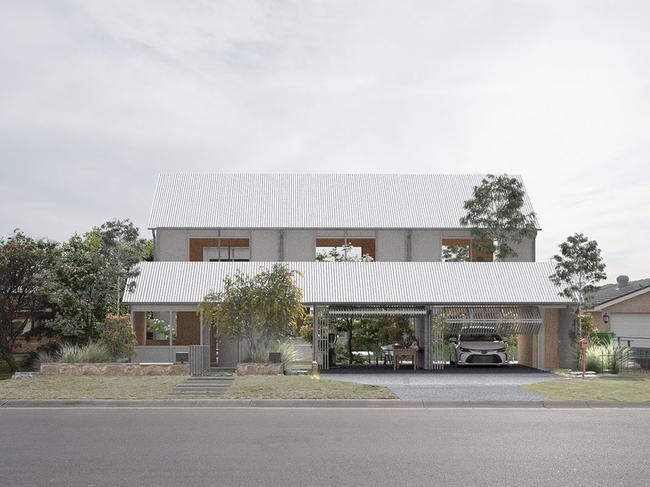
The five designs will be the “plug and play” solution to the housing crisis, putting builders and developers on the planning fast-track if they choose from the pre-approved designs.
Members of the public will be able to see the designs in the flesh before they are rolled out across Sydney, with display homes to be built on five government-owned sites.
A “people’s choice” vote will also be held to find the most popular design.
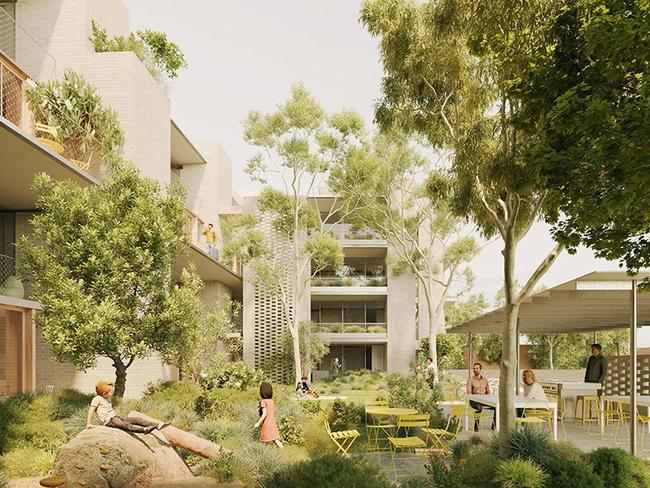
The designs were chosen by a five-person panel led by NSW Government Architect Abbie Galvin.
They were picked based on accessibility, affordability, their adaptability, and green credentials.
The focus on “indoor and outdoor living,” and the incorporation of shade and ventilation was also a factor in choosing the winning plans.
A sixth design, from students at the University of Sydney, was also awarded in the design competition; however, the student design will not be in the pattern book.
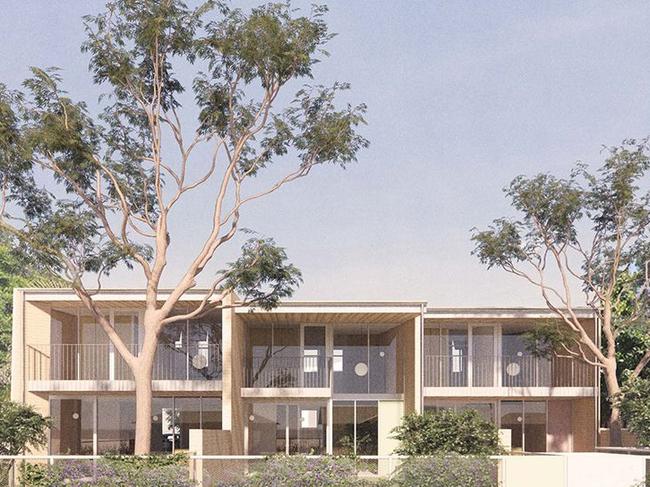
Premier Minns said the “beautifully designed” apartments and terraces are “innovative, adaptable and functional”.
“The Design Competition called for world class, high-quality designs and the winners have certainly delivered.
“These beautifully designed mid-rise apartments and terraces are the future of housing in NSW,” he said.
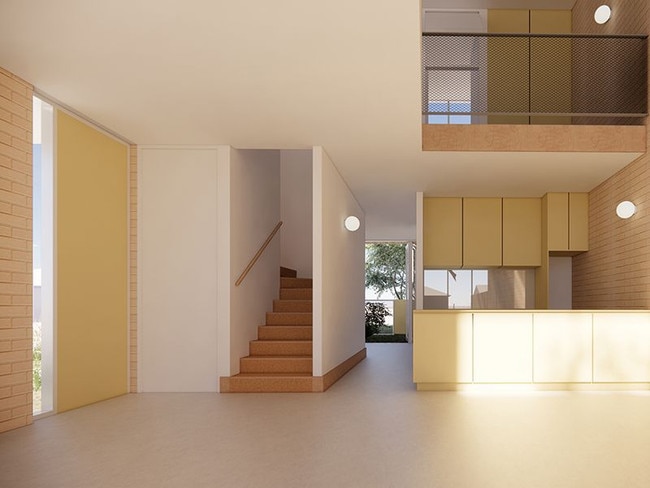
A terrace design from the Housing is a Verb collaborative team is a “flexible, modular set-up” that can be added with additional heights.
Western Australia’s Officer Woods Architects had a winning design which features “double height space over the living areas,” to which first-floor rooms can be added.
In the mid-rise category, Andrew Burges Architects from NSW won with a design that combines “house and apartment living,” with a focus on shared spaces.

Another apartment design from Neeson Murcutt Neille, Finding Infinity and Monash Urban Lab offers units all with corner aspects, and cross ventilation.
The third apartment block design, from Spacecraft Architects, focuses on “spacious, open apartments with outdoor living”.
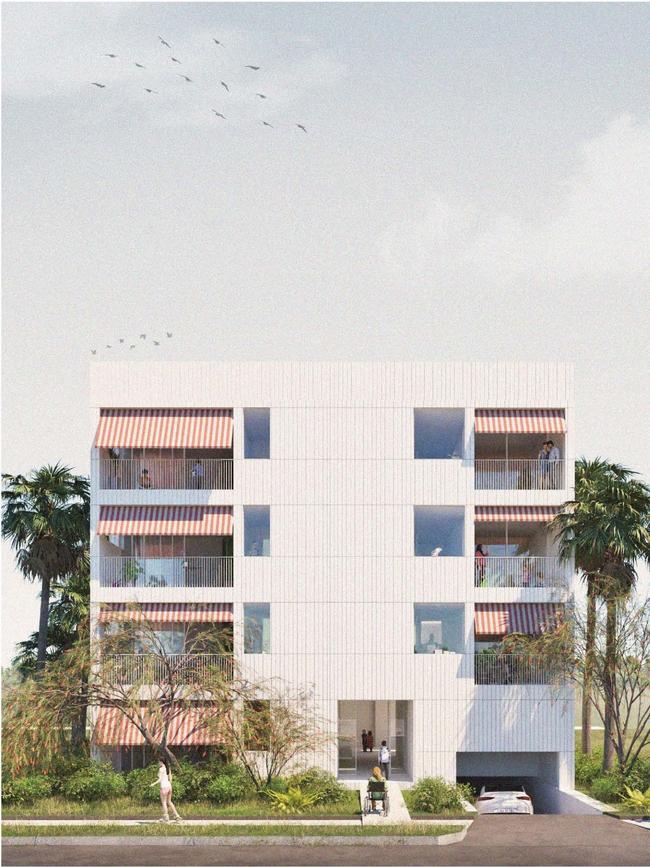
Speaking to the Telegraph, Mr Minns insisted that his government’s changes to the planning system “will make a difference” in beating the housing crisis, despite all forecasts predicting NSW will fall short of ambitious goals.
“Firstly, it is increasingly difficult for mums and dads to get the financing they need to buy off the plan or to invest in new housing, and secondly, it is increasingly difficult for big firms, big developers, to get the capital they need to start those projects,” he said.
“I can only do so much when it comes to interest rates, the global economy, (and) the state of Australia’s economy.
“What I can do is remove the roadblocks and the legacy of 12 years of inaction,” he said.
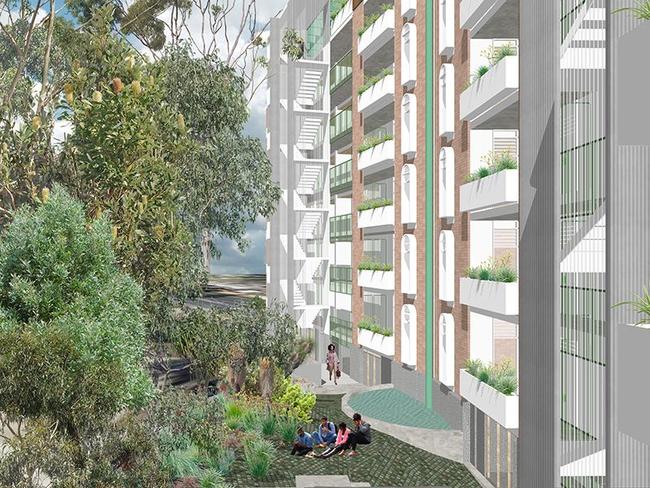
Asked whether NSW will meet its 75,000 homes-per-year target at any point between now and the next election, Mr Minns said: “I don’t like making promises that I can’t keep”.
He also revealed that “teething problems” in the early days of his government actually led departments to refuse new projects, when they were asked to expedite assessments.
When departments were told they needed to assess project within 30 days, bureaucrats said it couldn’t be done.

“Many departments came back and said: ‘Well, if you want an answer in that short a space of time, the answer is no’,” he said.
“If they wanted quick answers, then oftentimes the answer was no, or yes, but with tons of additional conditions,” Mr Minns said.
Planning Minister Paul Scully said the pattern book designs will help fix those problems, because they will get access to a planning fast-track.
“We have less housing diversity today than we did 100 years ago, the Pattern Book along with our fast-track DA process will go a long way reintroduce that diversity back into our streets,” he said.
The content summaries were created with the assistance of AI technology, then edited and approved for publication by an editor.





